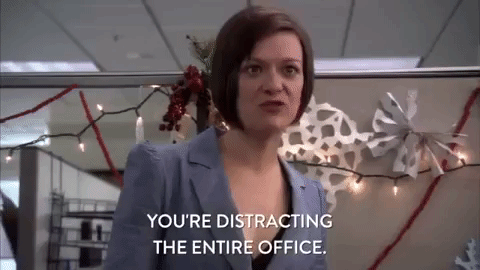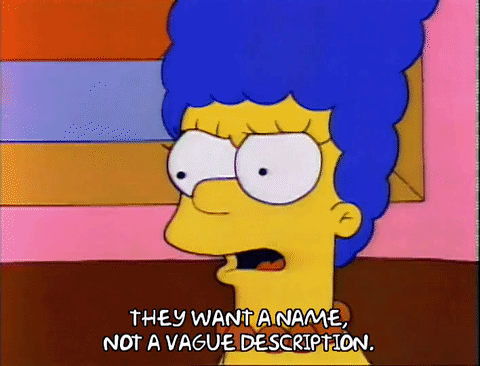Over the summer I was a marketing intern at OrlandoJobs.com, a job board listing company for Central Florida. While there, aside from my marketing and social media duties, I had to scan and review over 5,000 resumes, to upload to our database and match them up with similar job opportunities. So I'm basically a resume queen now.
I learned that there's no cookie-cutter template for your resume. Each industry and career field have different standards for what's considered to be an acceptable resume. But even wiggle room can't save you when your resume is tossed at first glance. Here are 6 common resume mistakes that can make even the best candidate un-hirable:
1. You’re Putting Your Education at the Bottom, with No Information About it

By putting your education at the bottom of your resume, you're telling the recruiter that it's not important. Regardless of level, higher education is time-consuming and not cheap. You worked hard for it, don't let it go unnoticed. According to research conducted by TheLadders.com, at the initial screening stage the average hiring manager spends just six seconds looking at a resume. If it takes longer than six seconds to find your education on your resume, you'll get passed over.
But even if it's at the top in plain sight, if it doesn't have details to go with it, it's rendered useless. Many job-seekers fail to not only put whenthey received their education, but what they received their degree in. Make sure to list your degree's full title, when you received it, and last but not least, where you received it.
2. It’s Lengthy and Unorganized

With about only six seconds to impress, multiple pages could be your downfall. You resume is a reflection of you as an employee. Recruiters want job-seekers who are organized, incisive and focused. If it's unorganized and you can't get it under two pages, it's a sign you'll struggle with similar situations on the job. A lot of your older accomplishments have little meaning as time passes by — cut them out.
The top of your resume should list your contact information, education, and skills, with your professional experience on the bottom.
3. The Font and Design are Distracting

You want your resume to stand out, but sometimes this leads to it becoming flamboyant or distracting. Stick to one font for the whole document and leave the design to the professionals. If black and white still isn't for you, Canva offers hundreds of creative and unique resume designs for free.
4. Listing Incorrect Contact Information, or None at All

This should sound obvious, but it often goes overlooked. You spend so much time stressing about the rest of the resume, that you ignore the most crucial part to the whole thing. When uploading resumes from our career fairs, there were so many times that I would have to ultimately just toss the whole resume, all because they failed to put their email address and just left their address.
When there's a typo in an email address or phone number, even auto correct can't help you. Always proofread your resume for typo's and errors — especially your contact information.
While just an address used to be all that you needed, it's 2018 now. Everything is digital, and if you don't have an email address or phone number on your resume, you can't count on the recruiter to ask for an interview through the postal service.
5. It’s Vague

Your resume shouldn't mirror a job description. You should highlight your accomplishments instead of listing your duties. The duties of your past job tell the recruiter nothing about how you did your job. The best way to break down your accomplishments is by using numbers and stats to quantify the context and catch people's eyes.
Instead of saying, "Wrote news releases," say, "Wrote 45 news releases in a five-week period under daily deadlines."
No matter what field you work in, there's always something on your resume that can be represented with a number.
6. You’re Not Tailoring it to Each Job You Apply to

Your lack of effort is evident and insulting to the recruiter. They expect you to clearly show how and why you fit the position in a specific organization. You don't have to start from scratch every time you apply somewhere, but for each job you apply to, your resume requires modification to reflect the needs of the job description.
Many companies now use Applicant Tracking Systems (ATS) that scans resumés for certain keywords to narrow down the applicant pool. By using keywords from the job's description in your resume, you'll make it past the first barrier.



















